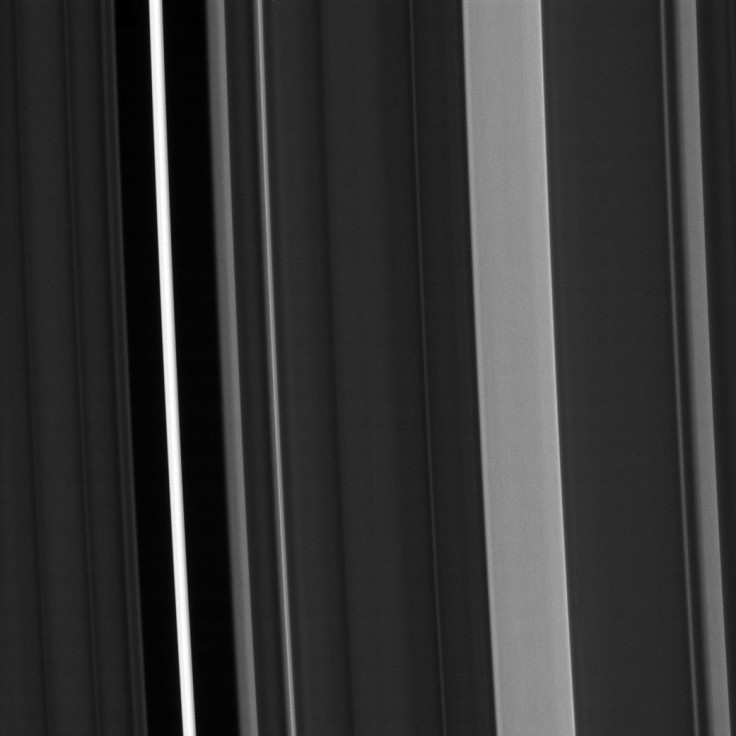NASA Cassini Images: Rings Of Saturn Seen In Great Detail

Cassini has been closely studying the Saturn system since 2004 and is now in its Grand Finale mission, making its closest-ever orbits of the gas giant and passing through the rings that make the planet so unique in our solar system. And in the process, the spacecraft has sent back breathtaking images of the rings.
NASA released Monday an image captured by Cassini on Jan. 9 that shows Saturn’s C ring. The photograph shows the ring is not uniformly bright, with about a dozen regions within it much brighter than the rest. It also shows some regions that don’t have any ring material at all. The brighter regions are called “plateaus” and the empty regions are called “gaps.”
Read: Cassini Photographs Pan, Saturn’s Bizarrely Shaped Moon
The plateaus are bright because of a higher concentration of particles that reflect more light, but scientists are yet to understand how they are created in the first place and how they stay in place. Some of the gaps are thought to be created by tiny moonlets, a few hundred meters across, that orbit the planet within the rings.
The image above was taken in green light, from about 62 degrees above the ring plane of its sunlit side. Cassini was about 194,000 miles away from Saturn when its narrow-angle camera snapped the image, NASA said in a statement accompanying the image.
Cassini was launched from Earth in 1997, and reached its destination seven years later. Its primary mission was from 2004 to 2008, and the spacecraft received two extensions. The Equinox Mission lasted till 2010, and the Solstice Mission is coming to an end in 2017 with the Grand Finale, which will see the spacecraft make a number of orbits before falling into Saturn’s atmosphere and burning up. This is being done to avoid possible contamination of Titan and Enceladus, Saturn’s moons that are of biological interest to us.
Cassini is a collaboration between NASA, the European Space Agency and the Italian Space Agency.
© Copyright IBTimes 2024. All rights reserved.




















